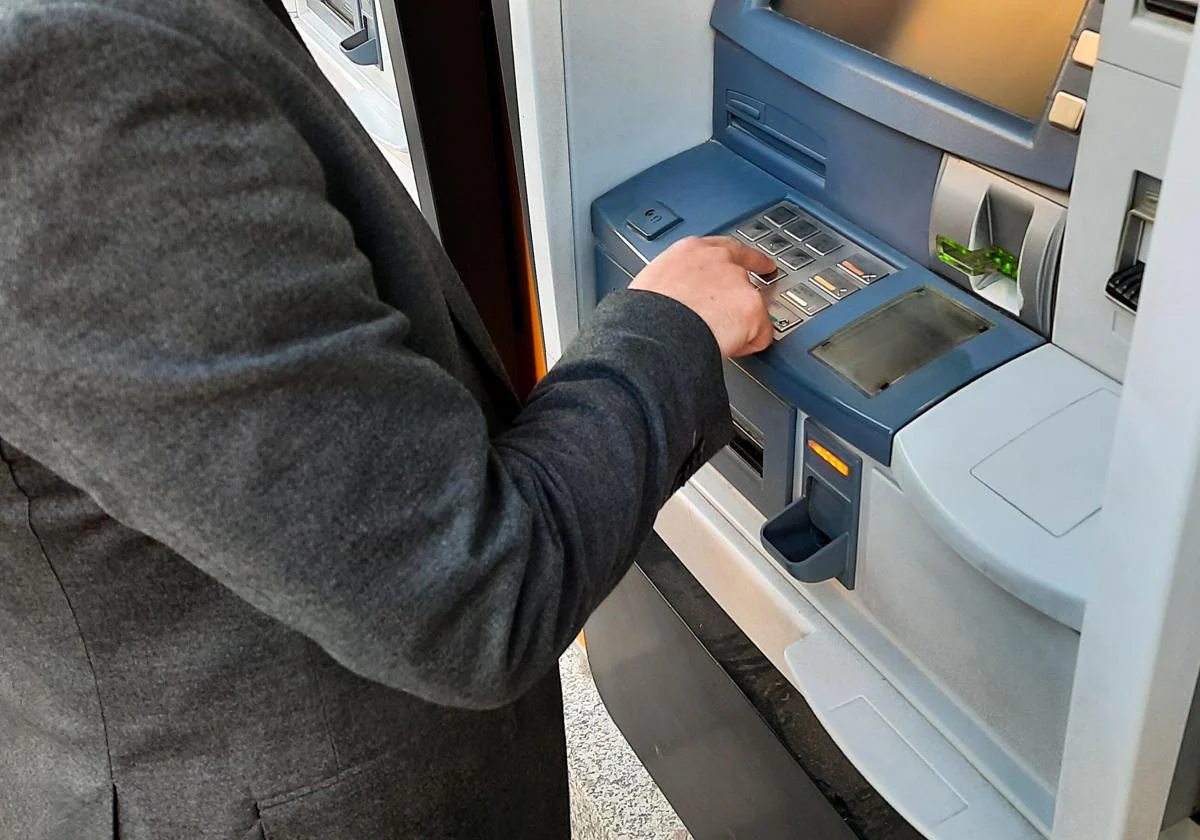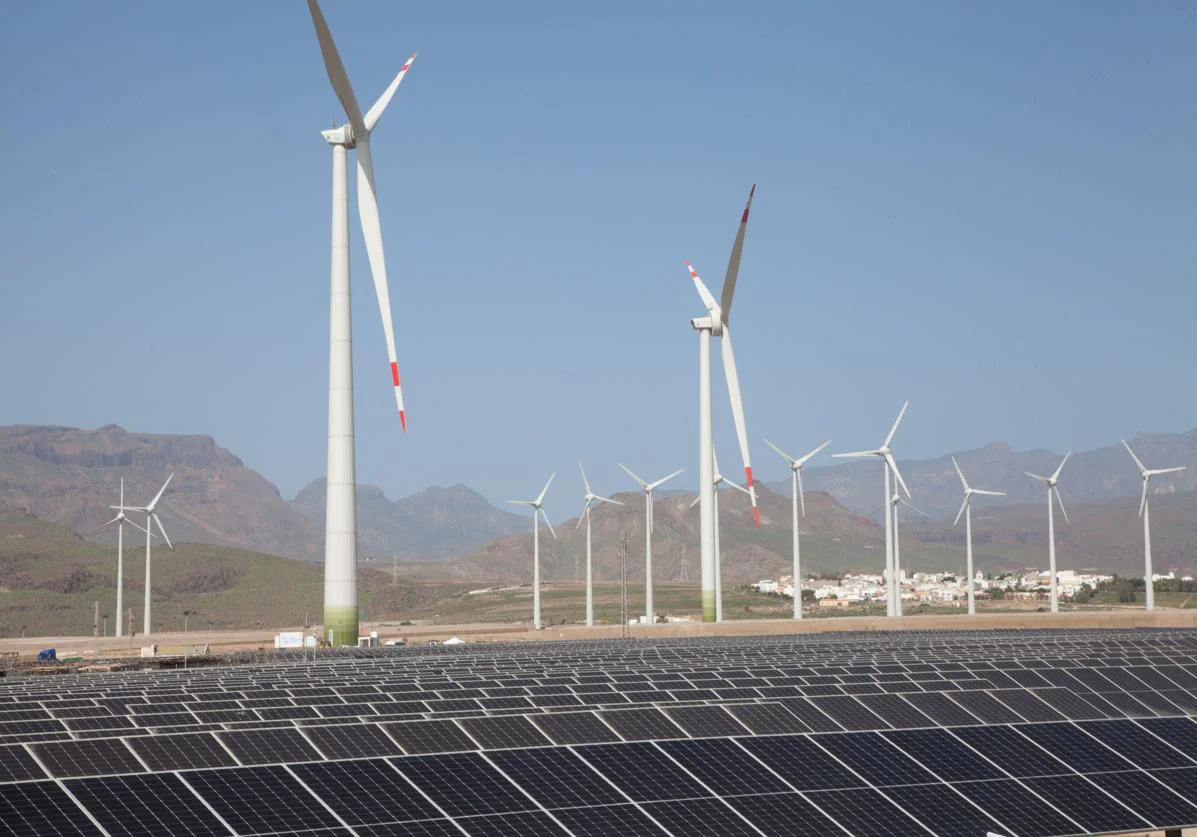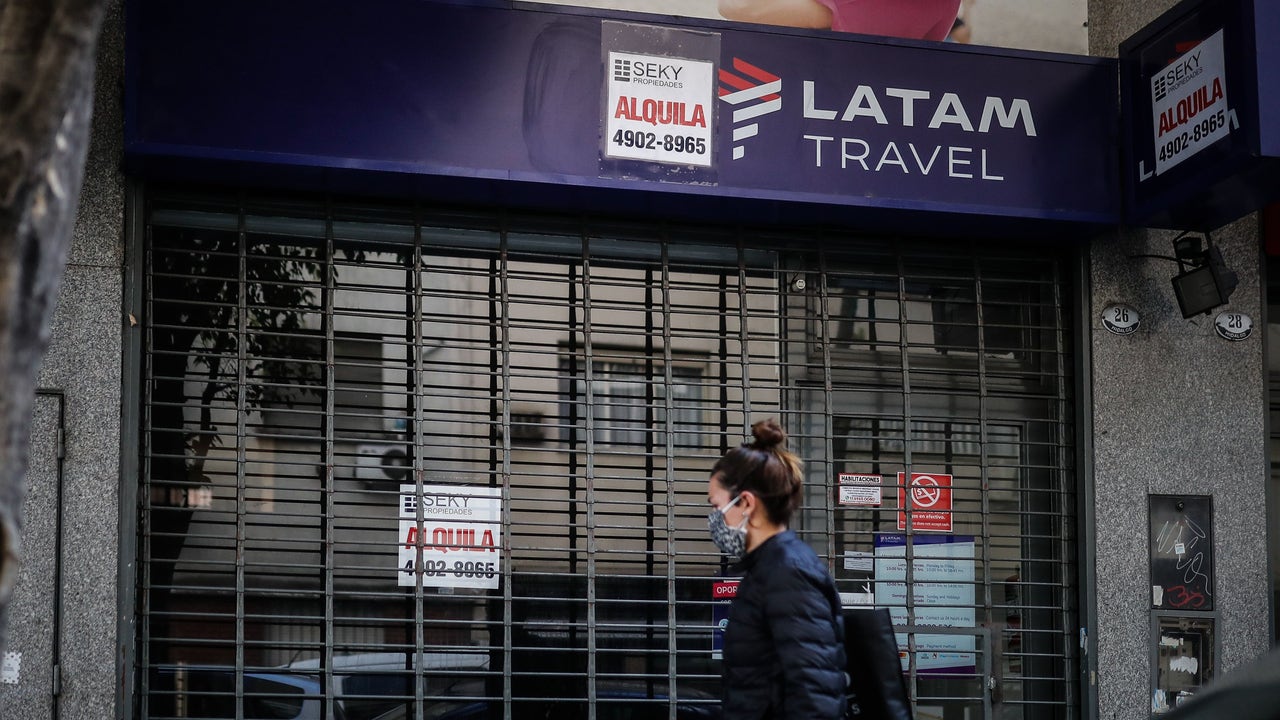The western blockade of the ruble rushes Russia towards the first default on its foreign debt since 1917


Russia is about to suffer a historic blow. The Western blockade on the rubles for the invasion of Ukraine It is going to rush the country towards the first non-payment of its external debt since 1917, in the middle of the Great War. The credit agency S&P warned last Friday of the risk of "selective default", when Moscow's attempt to meet two commitments in dollars for 649 million was rejected. The non-payment could definitely arrive in three weeks, when the 30-day period that technically works in these cases is met.
In recent days "the default insurance quoted on Russian debt (CDS or credit default swap, in English) have come to point to a probability of 99%", acknowledges the MUFG Bank, the largest bank in Japan, in a report published on Monday.
The last time Russia defaulted was in 1998, due to the cost of the war in Chechnya and, according to the Moody's debt rating agency, it took 12 years to regain access to international markets. So, he only failed to pay interest that he had to pay in rubles.
The succession of events has its end point in three weeks, in the technical default, or "selective", as S&P called it on Friday. First, on April 5, the US Treasury blocked dollar debt payments from Russian government accounts in US banks.
The next day, Russia tried to meet two dollar commitments for 649 million in rubles. But the Russian currency is also not currently accepted in this type of operation. For this reason, from that moment on, the 30-day grace period was opened to consider the default official.
On April 8, S&P warned of non-payment and withdrew Russia's sovereign debt rating, "in compliance with the sanctions approved by the European Union, which prevents the provision of ratings to Russian entities."
This threat arose already in mid-March"when the first interest payments arrived since the invasion of Ukraine", recalls MUFG Bank, explaining that, at that time, the country "showed that it could still meet creditors in foreign currency".
One month after, the context of sanctions is more adverse, although Russia's problem is not one of lack of funds. The latest data from the country's central bank pointed to a decline of $36.7 billion in foreign exchange and gold reserves in recent weeks, to $606.5 billion as of April 1, the lowest level since August 2021. This figure should be added to the Russian sovereign fund, which accounts for 185,000 million dollars.
Russia's Finance Ministry declared last week that on April 6 it transferred ruble commitments to a special account for foreigners in the country's national payment repository, citing a local decree that allows foreign debt payments in the currency. own. "However, none of the creditors have been allowed to collect in rubles," MUFG notes.
"Before the invasion, a sovereign default by Russia was considered highly unlikely," said Eric Dor, director of economic studies at the IESEG School of Management. Strictly speaking, Russia would not have a debt problem: "Debt as a percentage of GDP was limited to 13.8% in 2019, 19.3% in 2020 and 17.9% in 2021", recalls this expert.
"If Russia does not pay the debt in dollars, it is not clear how the problem will be resolved and a long and complicated process could begin," warns the report of the Japanese bank.
"Of course, while global banks' exposure to Russia is not a systemic risk, a default could ultimately raise the alarm of a global sovereign debt crisis if investors begin to avoid risk and more emerging countries are excluded from capital markets," he concludes.
The managing director of the IMF, Kristalina Georgieva, calculates that international banks have an exposure to Russia of close to 120,000 million dollars, an amount that she considers insufficient to provoke a global crisisgiven that despite appearing bulky, it is not "systemically relevant".
The most exposed countries would be Italy (close to 22,000 million euros), France (another 22,000), Austria (15,000) and the United States (13,000 million), in that order. Spanish financial institutions hardly have Russian debt.
While Russia is moving towards "selective" default, two companies in the country are already technically in default: Russian Railways and EuroChem. The first recognized on March 14 its inability to face a committed payment in Swiss francs due to "legal and regulatory compliance obligations within the banking correspondent network." The second has suffered a similar situation. For both, "the grace period" has already passed, according to the ISDA (International Swaps and Derivatives Association, in English).
Statistically, Moody's collects that recessions have accompanied almost 90% of the 42 defaults in the debt markets since 1997 around the world, and gives another fact: since 1983, 75% of the breakdowns of countries have caused defaults.
"The market exclusion period and financing costs depend on the external environment and creditors' expectations about future policy, growth and debt sustainability," Moody's analyst team concludes.
This Tuesday, the head of the Russian Accounts Chamber, Alexei Kudrin, calculated that Russia's gross domestic product (GDP) will suffer a contraction of around 10% in 2022. According to the latest World Bank forecasts, the collapse of economic activity in the country could deepen to 11.2%.









